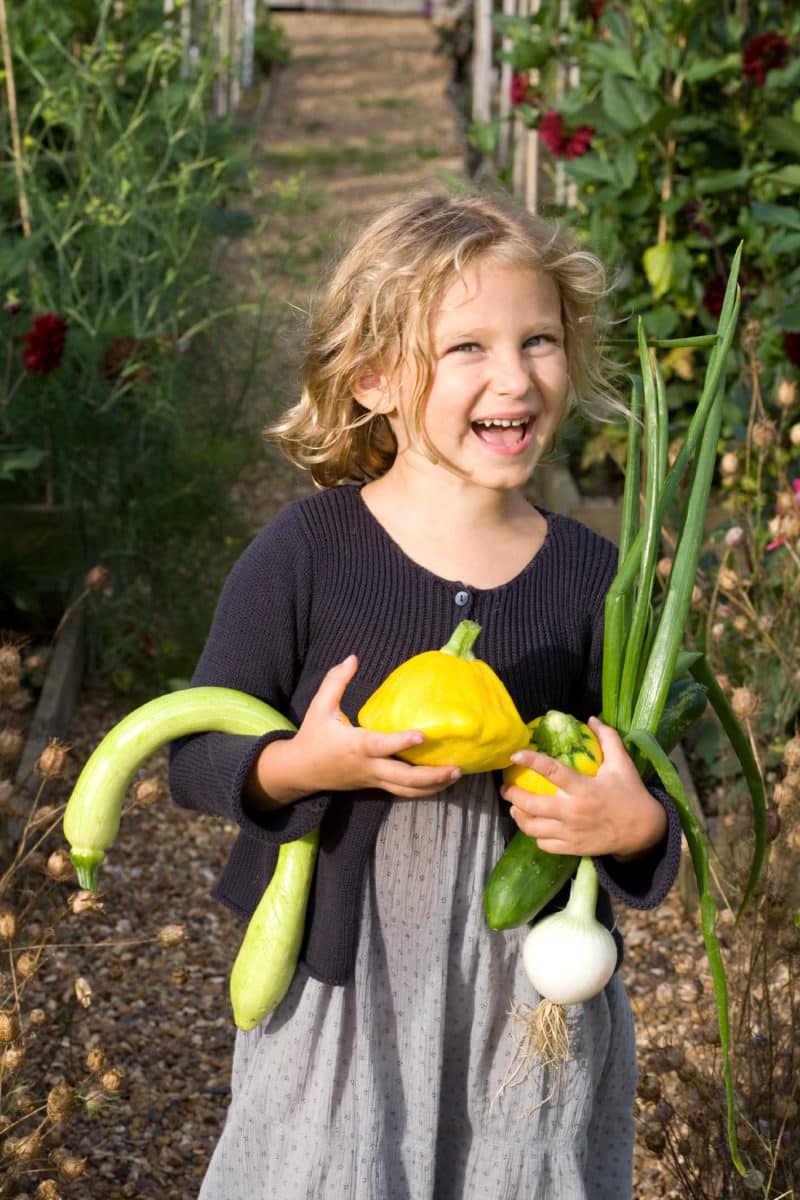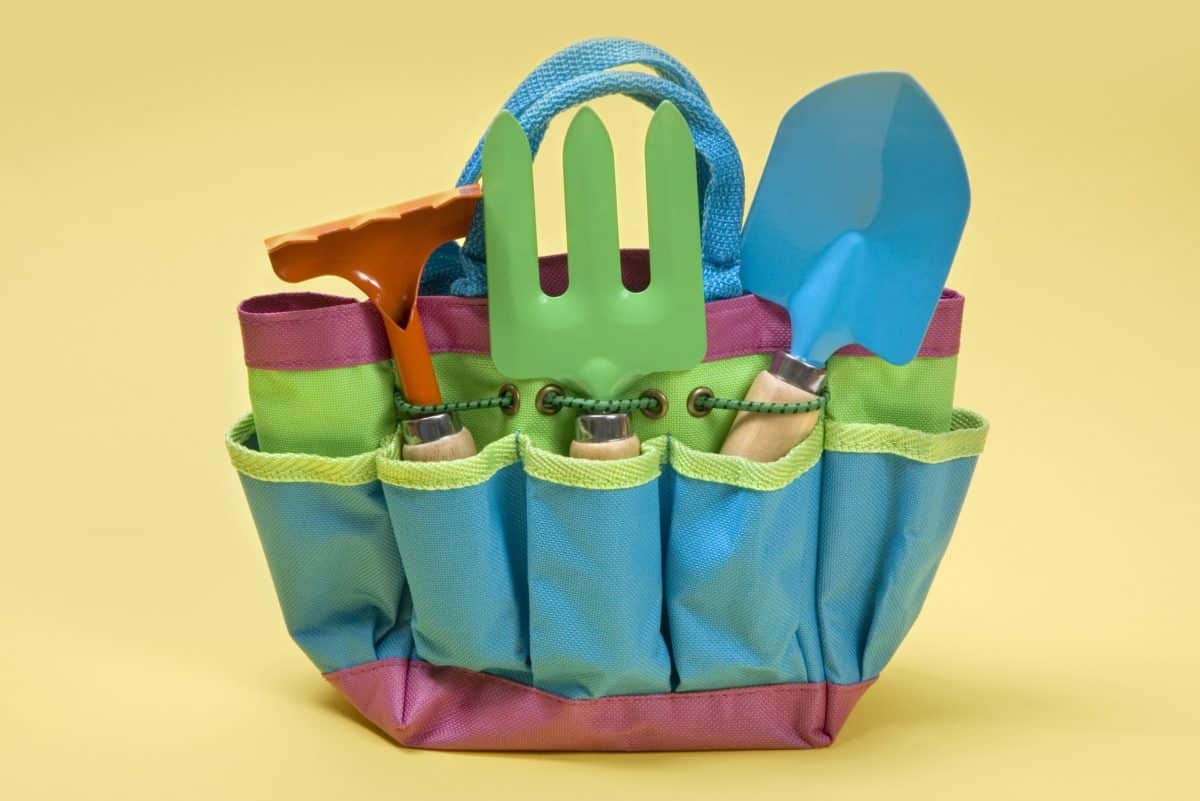In our experience, children can do pretty well everything in the garden that grown-ups can do. Including children in the growing and preparation of food is the canniest way we know of encouraging them to eat healthy food.

You can start small with kitchen gardening. Just dig up a little corner of the yard or get a few containers, sow some seeds, and look forward to harvesting several kilos of produce. Even if your kitchen garden consists only of a few pots and troughs with tomatoes, runner beans, rainbow chard, herbs and lettuces, the results will be inspiring and exciting for you and your child.
The things you grow may not be perfectly uniform in size and they may not look quite like supermarket produce, but the vegetables will taste noticeably better. The flowers from your garden will be fresher than from the florist, the herbs tangier and more fragrant, and the fruit more luscious when you and your children have grown these things yourselves and picked them at the height of ripeness.
Let the children participate in everything (except pruning with the younger ones) with your guidance — and involve them completely, otherwise they get bored quickly. Well, wouldn’t you, watching someone else gardening?
The most essential piece of equipment is a relaxed attitude. Things are going to take longer and be less perfect and planted less straight than might be ideal. Go with the flow.
Planning: One of the most enjoyable things about gardening is planning your crop. Settle down with a pile of catalogs and make plans for all the great things you can grow. Mail-order seed catalogs are generally well illustrated, and children could cut out and paste images of future crops on to a rough plan of the garden, familiarizing themselves with the plants. Be adventurous with seeds – after all, it’s only one season of risk. (If you are planting trees or fruit bushes, research your varieties and root stocks thoroughly.)
Seeds: The easiest to sow with small children are the larger ones, such as peas, beans and spinach. Onion and garlic sets are perfect. The other main criterion is that seeds should be cheap and plentiful – if you get an expensive variety with only 4 seeds in the pack, that just creates too much pressure for the nerves…
Tools: Garden supply stores encourage you to buy a whole shed full of tools, but a bare minimum will do, especially for container gardeners who will need nothing but a trowel and a watering can. You can get children’s tools and gloves, but purchase good-quality scaled-down versions that work well and make children feel like serious gardeners, rather than fragile plastic ones.
Pots are a wonderful way to grow a collection of herbs.
Photo credit: Annette Wendland
Safety hints: In the garden and the kitchen, children need to be aware of any hazards. They should realize they are there to work, and not to fool around. Keep sessions focused on the tasks and not too long, so their (and your) attention remains sharp.
Be careful of the pointy tips and sharp edges. Garden utensils — especially rakes and shovels — should always be laid on the ground with points facing downward. If you are working with more than one child, keep the children slightly apart — they can be like magnets and are irresistibly drawn together. Once in the kitchen, cooking the fruits — and vegetables — of their labors, children should be taught to use knives and other kitchen equipment safely and appropriately and always under supervision. ![]()
